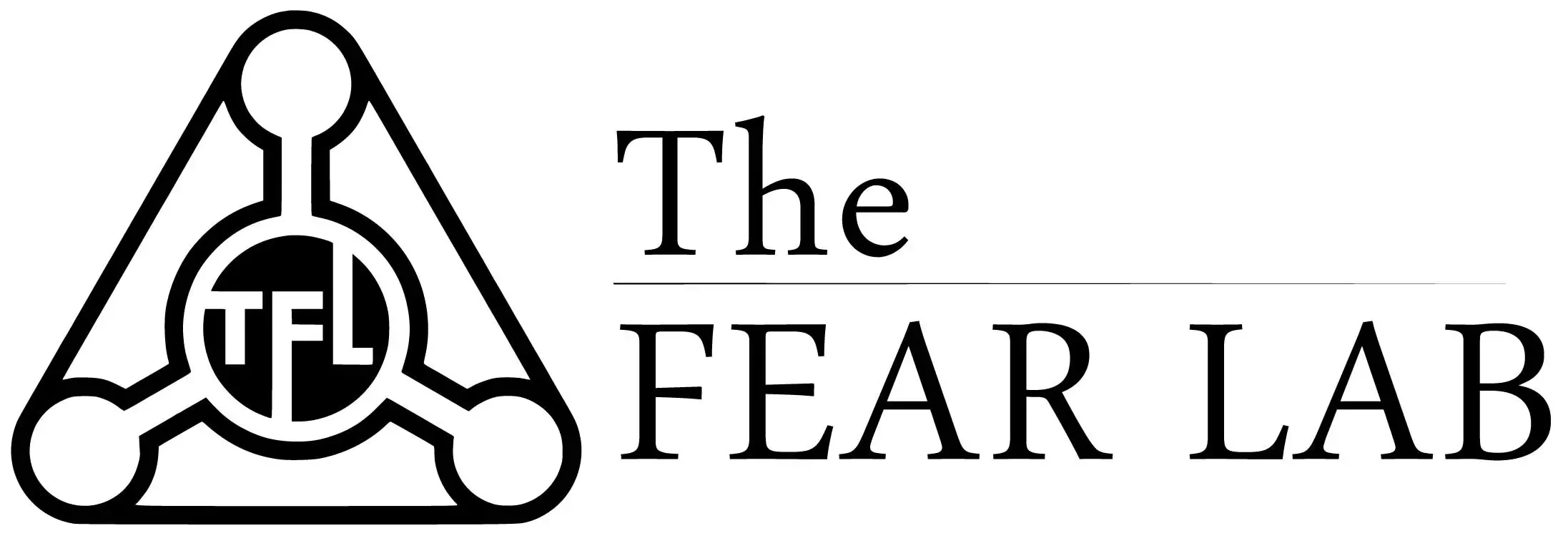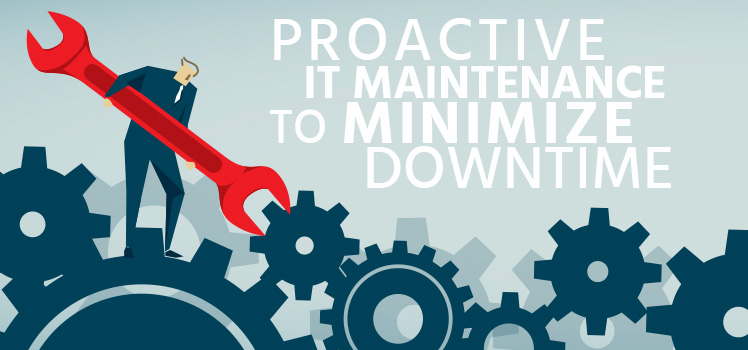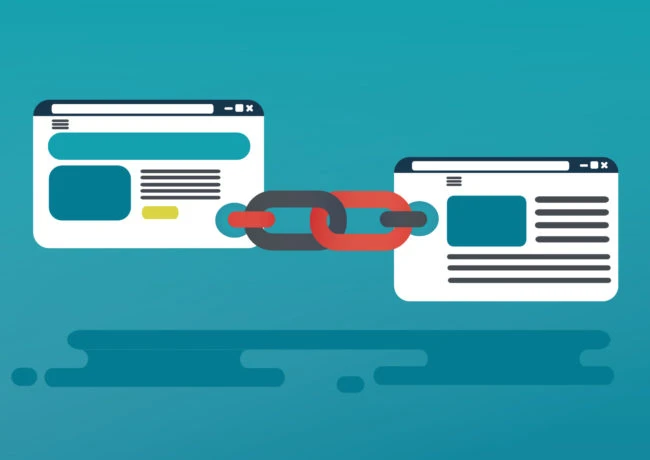7 Ways for Proactive IT Maintenance to Minimize Downtime
In today’s technology-driven world, businesses heavily rely on their IT infrastructure to function smoothly and efficiently. However, unexpected downtime can disrupt operations, resulting in lost productivity, revenue, and customer dissatisfaction. To mitigate these risks, proactive IT maintenance plays a crucial role. Consult IT Support Houston experts for conducting proactive IT maintenance.
In this blog post, we will explore seven effective ways to reduce downtime and improve the reliability of your IT systems through proactive maintenance strategies.
Implement Regular System Updates and Patches
Regularly updating your IT systems with the latest software updates, security patches, and bug fixes is crucial to ensure that your business operations run smoothly and efficiently. Failing to keep up with these updates can lead to system vulnerabilities, which cybercriminals can exploit to access sensitive data or cause a system failure. Moreover, outdated systems are more prone to crashes and downtime, which can result in lost productivity and revenue. By implementing regular system updates and patches, you can minimize the risk of cyber-attacks and IT issues, ensuring that your systems remain secure and operational at all times. Additionally, staying up-to-date with the latest technology trends can give your business a competitive advantage.
Perform Routine Hardware Inspections
Performing routine hardware inspections can prevent unexpected downtime and ensure your systems function properly. By establishing a regular inspection schedule, you can identify potential issues before they become significant problems that could impact your business operations. During an inspection, be sure to check all hardware components, including servers, switches, routers, and storage devices. Look for signs of wear and tear or damage, such as frayed cables or loose connections. It’s also important to ensure that your hardware is up-to-date with the latest software updates and security patches. By taking these proactive measures, you can minimize the risk of hardware failure and help to keep your business running smoothly.
Conduct Regular Data Backups
Regularly backing up your critical data is crucial to minimize downtime and expedite recovery in the event of an unforeseen incident. Data loss can occur for a variety of reasons, including hardware failure, human error, and cyber attacks. Without proper backups, this can lead to significant disruptions to your business operations and potentially even permanent loss of important information. To ensure that your data is always protected, it is recommended that you establish a regular backup schedule and follow best practices for data storage and security. This can include using secure cloud storage solutions or implementing an on-site backup system. While many different methods and tools are available for backing up data, choosing a solution that fits your specific needs and budget is important. Taking these proactive measures can help safeguard your business against unexpected data loss and minimize the impact on your daily operations.
Utilize Remote Monitoring and Management Tools
Remote monitoring and management (RMM) tools can be a game-changer for IT professionals. These tools allow for proactive monitoring of an organization’s IT infrastructure, which can help identify potential issues before they become major problems. By using RMM tools, IT teams can receive real-time alerts about performance issues or system failures, allowing them to address the issue quickly before it causes significant downtime. Additionally, RMM tools can streamline IT management processes by providing centralized management and automation capabilities. This can save time and resources while improving overall system performance and reliability. In today’s fast-paced business environment, remote monitoring and management tools are essential for maintaining a competitive edge. Overall, incorporating RMM tools into your IT strategy can help you improve efficiency, reduce downtime, and ensure that your systems are running smoothly at all times.
Establish Redundancy and Failover Mechanisms
Implementing redundancy and failover mechanisms is critical in ensuring high availability and reducing downtime for your systems. Having backup systems or components that can take over in the case of a failure is known as redundancy. This could include duplicate servers, power supplies, or network connections. Failover mechanisms involve automatically switching to the backup system when a failure occurs, minimizing the impact on users and preventing extended outages. By establishing redundancy and failover mechanisms, you can ensure that your systems remain available even in the event of hardware or software failures. This can help prevent costly downtime and maintain user trust in your services. It’s important to regularly test these mechanisms to ensure they are functioning as intended and update them as needed to keep up with changes in your infrastructure. With proper implementation and maintenance, redundancy and failover mechanisms can provide peace of mind and reliability for your business operations.
Implement Regular Network Assessments
Regularly assessing your network infrastructure is crucial in maintaining its performance and security. By conducting regular assessments, you can identify potential bottlenecks, security vulnerabilities, and other issues that can lead to downtime. These assessments can include network traffic analysis, vulnerability scanning, and penetration testing. Regular assessments can also help you stay compliant with industry regulations and best practices. Network assessments can also help you identify areas where you can improve network performance and optimize resource allocation. Working with a qualified IT professional or team to conduct these assessments is important, as they have the expertise and tools to analyze your network infrastructure properly. So make sure to implement regular network assessments as part of your overall IT strategy to keep your systems running smoothly and securely.
Employ Predictive Analytics for Maintenance
Using predictive analytics for maintenance can be a game changer for businesses that rely on equipment and machinery to operate. By analyzing historical data and performance metrics, businesses can proactively schedule maintenance tasks and replace components before they reach their breaking point, minimizing unplanned downtime. This not only helps to ensure the smooth operation of the business, but it also saves money in the long run by avoiding costly emergency repairs. Predictive analytics can also help identify patterns or trends that may indicate potential issues, allowing businesses to address them before they become significant problems. Overall, incorporating predictive analytics into maintenance strategies can lead to increased efficiency, productivity, and cost savings for businesses.
Bottom Line
Proactive IT maintenance is critical to any business strategy to minimize downtime and optimize productivity. By regularly monitoring and addressing potential issues before they become major problems, businesses can avoid costly downtime and ensure that their systems are functioning at their best. In addition, with the right IT support team in place, businesses can stay ahead of the curve and keep their operations running smoothly.






